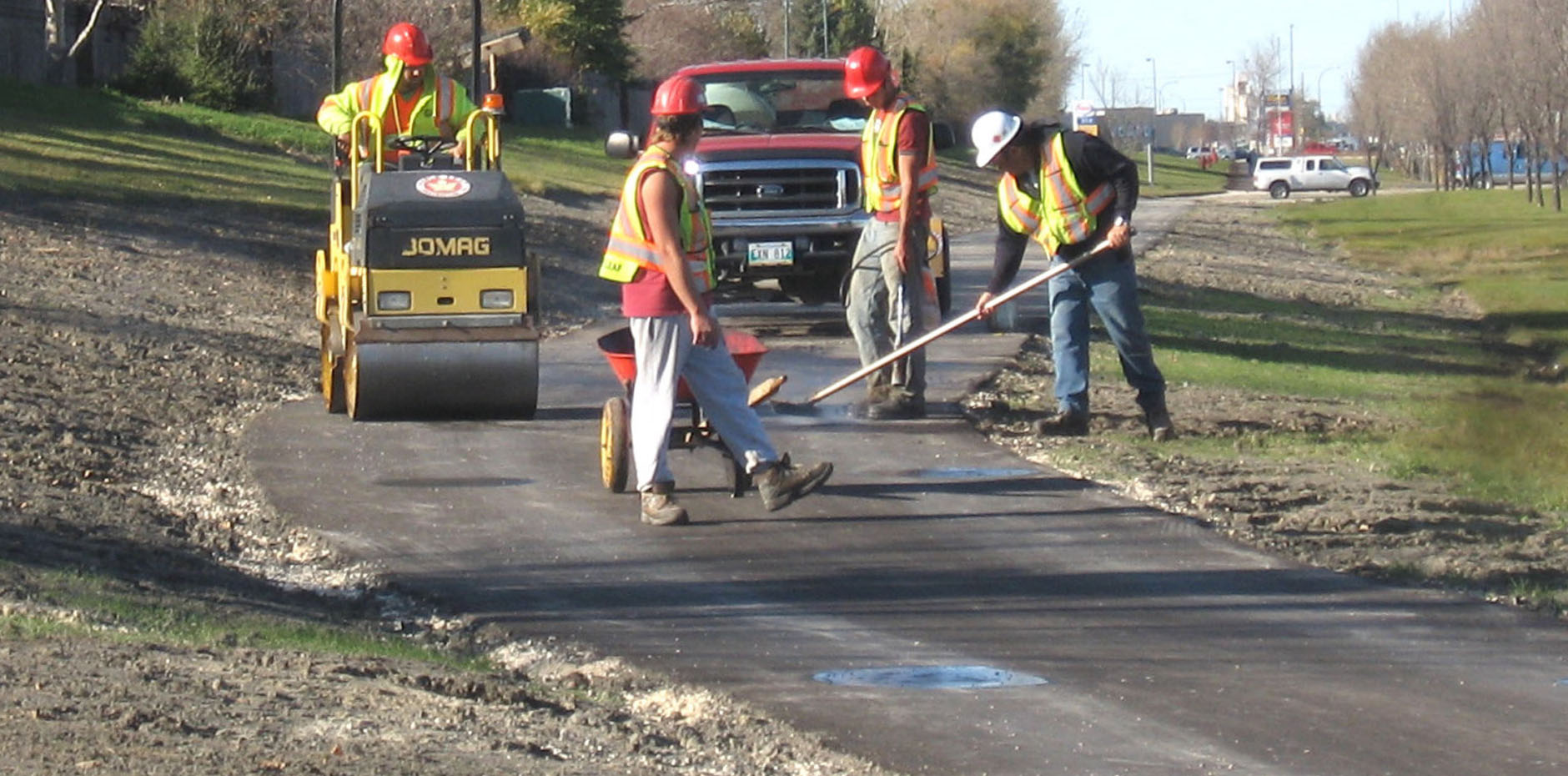Jan 22 2016
Anders Swanson | @SwansonAnders
Cycling has become a Canadian issue. Sooner or later, the bicycle will play a much bigger role in the lives of all Canadians. It is only a matter of time. Statistically speaking (if you take a moment to look and ask), the vast majority of Canadians are behind us. They/we/you just want to be able to ride everywhere too badly.
Eventually, all levels of government will catch on the enormous mountain of latent demand that exists. Denmark had to work to become Denmark. The Netherlands became bike friendly intentionally. Canada must do the same.
How soon we all get there depends solely on the ability of our governments to understand how cycling works and their willingness to act. We’ve done our best. We have exhorted, explained, and organized. We have ridden, we’ve designed, we’ve presented. A lot of us even brave the torpedoes and go out and ride every day.
But we have reached a threshold where it no longer suffices to shift the impetus onto individual people. We can no longer simply say: “Hey you! Go out there. Go make some healthy choices.” while surrounding our communities in overbuilt infrastrucure that is loud, scary, unsustainable and pushing us further and further apart.
From a scientific standpoint, we now know – without a shred of doubt – that bicycle infrastructure is tied directly to usage levels and safety levels (as if bike-friendly countries with millions of people acting as clear examples for decades wasn’t enough). Want safety? Build it.
Cycling is a major driver of numerous positive social, environmental and economic shifts, too many to even list. It is an essential service. It is a moneymaker. It is a serious means of transportation already serving millions with the added potential to be the backbone of public transit. When you add up all the benefits. dollar for dollar, what more can you possibly want?

Cycling has national and even global consequences, and the time has come for all of our governments to do something about it.
Let’s face it. We’ve got serious issues. Luckily, the challenges that cycling infrastructure helps address – think major infrastructure deficits, childhood obesity, serious longterm healthcare sustainability concerns and, well…the future of Planet Earth (..oh yeah. that..) – are all eminently solvable.
The right solutions simply need to rise to the top. Cycling infrastructure is one of them.

The reality is this: An individual can build a bike, but she can’t build a bike lane. It is up to the government to make those healthy choices possible. Build it and we will come.
With all the talk about gearing up for more “infrastructure spending”, it is clear that we have an opportunity to do something right this time around. There is a burgeoning general agreement that the status quo no longer works.

That’s why I, along with passionate members of our volunteer board, gave up a good part of what otherwise could have been a lovely weekend to write what we feel is an important letter to Hon. Amarjeet Sohi, Minister of Infrastructure and Communities. You can read Our Letter to Canada’s Minister of Infrastructure and Communities in full here.
The gist: if we’re gonna ramp up, lets make sure there a better, safer more exciting Canada comes out at the other end. We cc’d a whole bunch of hardworking organizations across the country to demonstrate how serious this has become and because we know that, for them to, a bright future for Canada is only possible if get our priorities straight.
The letter itself ends with a call for a national cycling strategy. Going forward, we’re going to need the kind of nuanced and targeted approach that makes cycling thrive all over the world.
Below is an excerpt from that letter: the 5 interim recommendations that would make for a much better Canada.
“In order to maximize the benefits of any federal infrastructure investment, we recommend the following:
- Prioritize those transportation projects designed to get people moving by sustainable forms of transportation. Canada’s approach to climate change and transportation equity deserves a sense of urgency. It follows that all new infrastructure projects deemed acceptable to the federal government follow strict environmental rules leading to outcomes that help us meet our international obligations. Similarly, other levels of government do not always have the means to directly recoup the health benefits that cycling offers. Federal infrastructure investment programs are important opportunities to areas of overlapping interest and projects should be approved for federal funding based on their likely impact in areas of federal purvey.
- Ensure that, if deemed eligible for federal funding, all new/upgraded roads infrastructure projects include family-friendly protected walking and cycling design. As investments in new and upgraded infrastructure have a lifespan of decades, it is critical that a complete streets approach be adopted now to ensure that these generational investments eliminate serious injuries and fatalities among people walking and cycling. We must insist upon highway/roadway design that includes protected bike lanes, protected intersections, traffic calming and design best practices known to dramatically reduce the safety risk to Canadians. Cycling facilities cannot be optional. Canada’s 2015 Road Safety Strategy’s ultimate goal is to continue to reduce fatalities and serious injuries caused by collisions on Canada’s roads. No project approved by the federal government should work counter to this goal.
- Understand that funding for cycling is integral to any mass transit project. Canadian jurisdictions are just now beginning to realize the need to link cycling infrastructure and transit. The reason for doing so is as simple as providing an exponential increase in effectiveness for any given station or stop. Cycling and transit are mutually dependent and thrive most when approached together. Mass transit represents a major financial investment, thus it is in the federal government’s interest to insist that multi-modal transportation be approached wholistically and that cycling be engrained whenever a mass transit project is proposed.
- Provide resources for the expertise needed to design high quality cycling facilities everywhere. Smaller communities in particular often lack the resources to implement leading edge improvements. Other countries are far ahead when it comes to developing national standards, training opportunities and leadership on design best practices. The Federal Government has an important role to play in shaping provincial and municipal policy so that infrastructure for cycling is front and centre of the design of investments, rather than just an add-on or ignored entirely.
5. Provide leadership. As soon as possible, we recommend making a public federal commitment to increasing cycling as a form transportation in Canada. Making verbal public commitments and important gestures are one of the simplest and most inexpensive actions that can be taken by a political entity. Doing so would inspire municipal governments, provincial governments, non-profit organizations, government administration and the people of Canada themselves to do their utmost, knowing that we are united in our purpose.”
…but what do you think?
—–
About the author
Mr. Swanson is a consultant, writer, mapper, designer and former bicycle mechanic. Recent projects include CounterPoint, BikeWalkRoll and the winter maintenance guidelines for Calgary’s exciting new downtown cycle track system. His volunteer work includes being a proud board member of The WRENCH and coordinator/designer for international Winter Bike to Work Day. He is the Secretary of the Winter Cycling Federation, coordinator of the Winnipeg Trails Association and current Chair of Canada Bikes.




